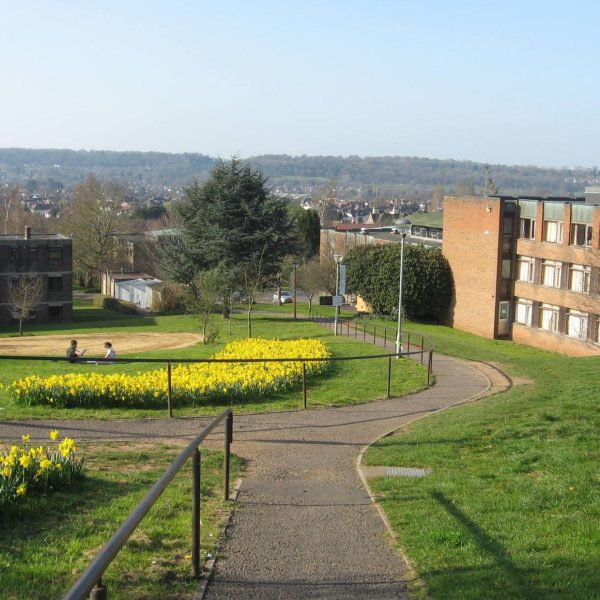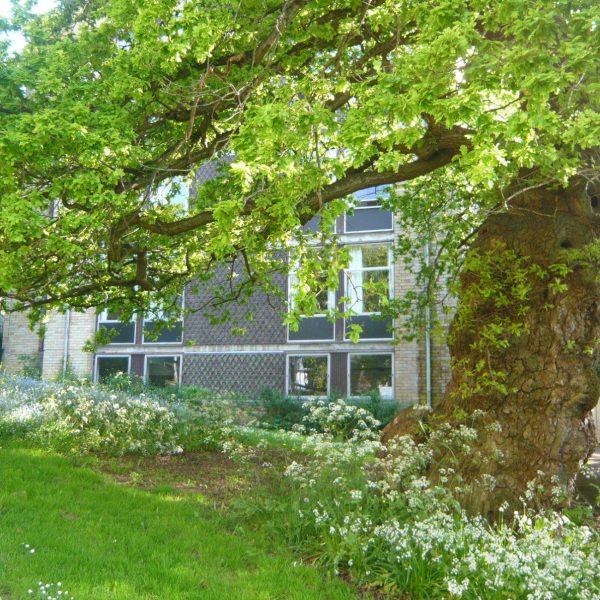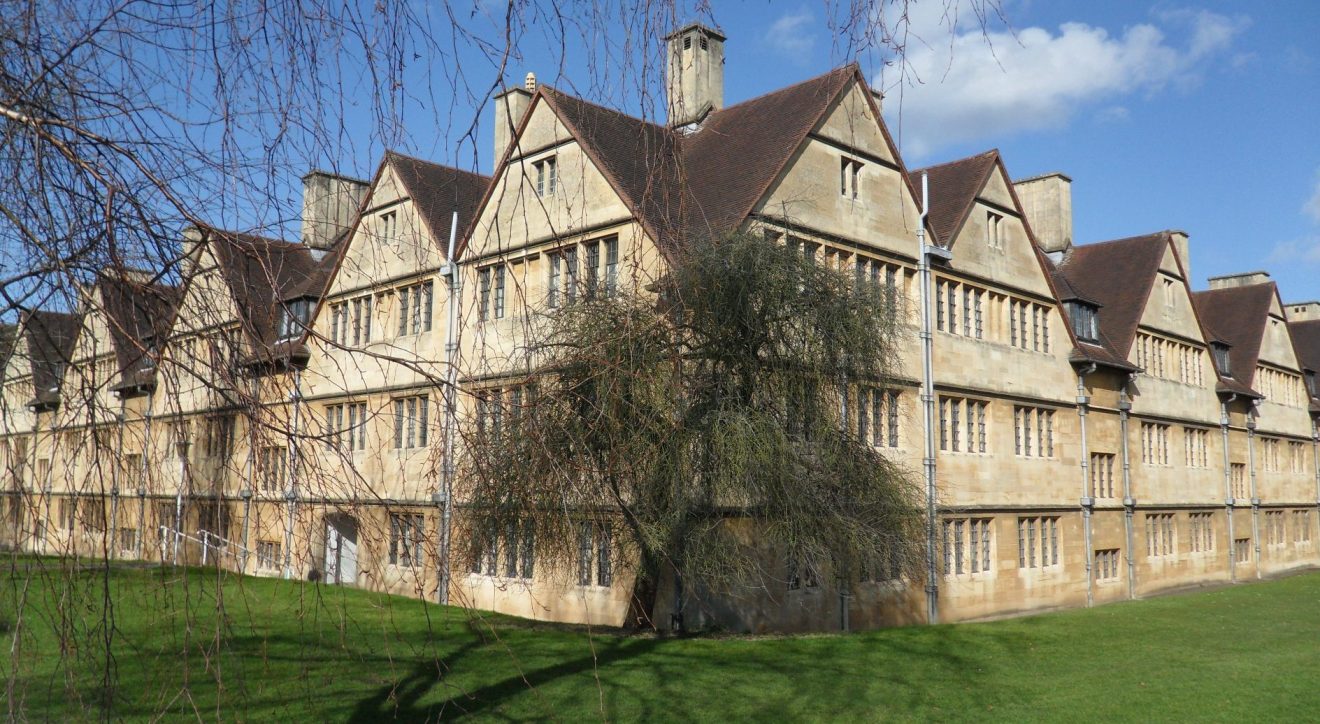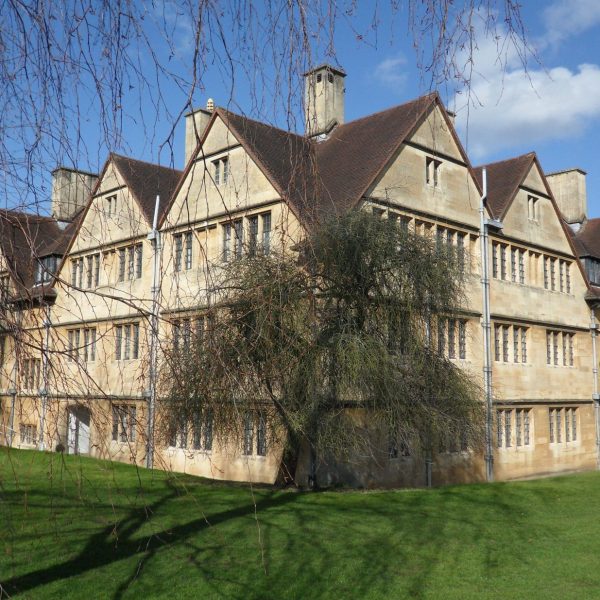
Synopsis
The development of new student accommodation at Hiatt Baker, one of the University of Bristol’s halls of residence within the residential campus at Stoke Bishop, has initiated the development of a public art strategy specific to the historic gardens and parkland of the site whilst maintaining the overall ambition for public art as specified in the original International Public Art Strategy published in 2008.
Field Art Projects were appointed to produce the Public Art Strategy for Stoke Bishop in 2012, and to take forward the initial Artist in Residency programme and commissions for the site


The Public Art Strategy sets out guidelines for commissioning public art consistent with the University of Bristol’s commitment to best practice and to engage directly with the University’s work. It takes particular consideration of the opportunities to make both physical and social connections to the built and natural environment of Stoke Bishop, to develop greater use of the public areas across the site and to work with departments within the University, in particular the Botanic Gardens and Department of Plant Sciences based at Stoke Bishop.
The first phase saw the appointment of artist Melanie Jackson who was in residence at Stoke Bishop from February to November 2013 which was followed by the appointment of artist Sarah Staton in early 2014 to propose a permanent art work for the grounds.


Melanie Jackson is an artist whose practice includes a mixture of sculpture, installation, drawing, moving image and printed matter. Her interest focuses on the ways that objects influence how we experience the world, socialize and empower us, or render us insubstantial. Most recently her focus has been on exploring plants and the Botanical Garden as a starting point for thinking about form and the generation and ownership of knowledge. Her most recent exhibition, The Ur-pflanze takes its lead from Goethe’s notion of the ‘primal plant’ that has the potential within itself to generate all possible future forms. She has exhibited internationally and is a Lecturer at the Slade School of Fine Art, UCL.
Sarah Staton’s work has become increasingly prominent and admired in the UK over the past decade, presenting a beguiling mixture of traditional craft techniques with cutting edge technology. Her grounded sculptural forms occupy an edgy aesthetic territory between use value and sheer visual pleasure. She often collaborates with other artists, designers, architects and engineers, and is a natural animator of public space.
Sarah Staton was born in 1971 in London and lives and works in Sheffield and London, where she has recently been appointed to the staff of the Royal College of Art. Staton has been commissioned to create many artworks for the public realm in Europe and the UK including; Sheffield Sevenstone, (2007); Guinevere’s Pavilion (2008); Artisan Apartments (2008); Crucible Theatre (2010); New Art Gallery Walsall (2012); Harold and Maude at Hanningfield Reservoir, Essex (2014), and the Fokestone Triennial (2014).
Field Art Projects was founded by Theresa Bergne in 1999 with a clear understanding of what makes a successful and popular arts programme and an interest in the way artists interact and create work in response to the public realm.
Theresa Bergne has worked with local communities, public organisations, private companies, developers, architects, festivals and venues. She has produced a number of high profile projects as a curator and programmer, such as the landmark art programme for Barts and the London’s Breast Cancer Unit at the West Wing. Theresa also spent twelve years running the public art programme for the Canary Wharf Group as well as curating and producing a series of independent programmes and commissions.


